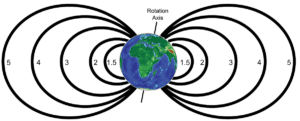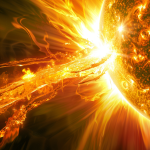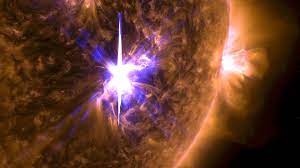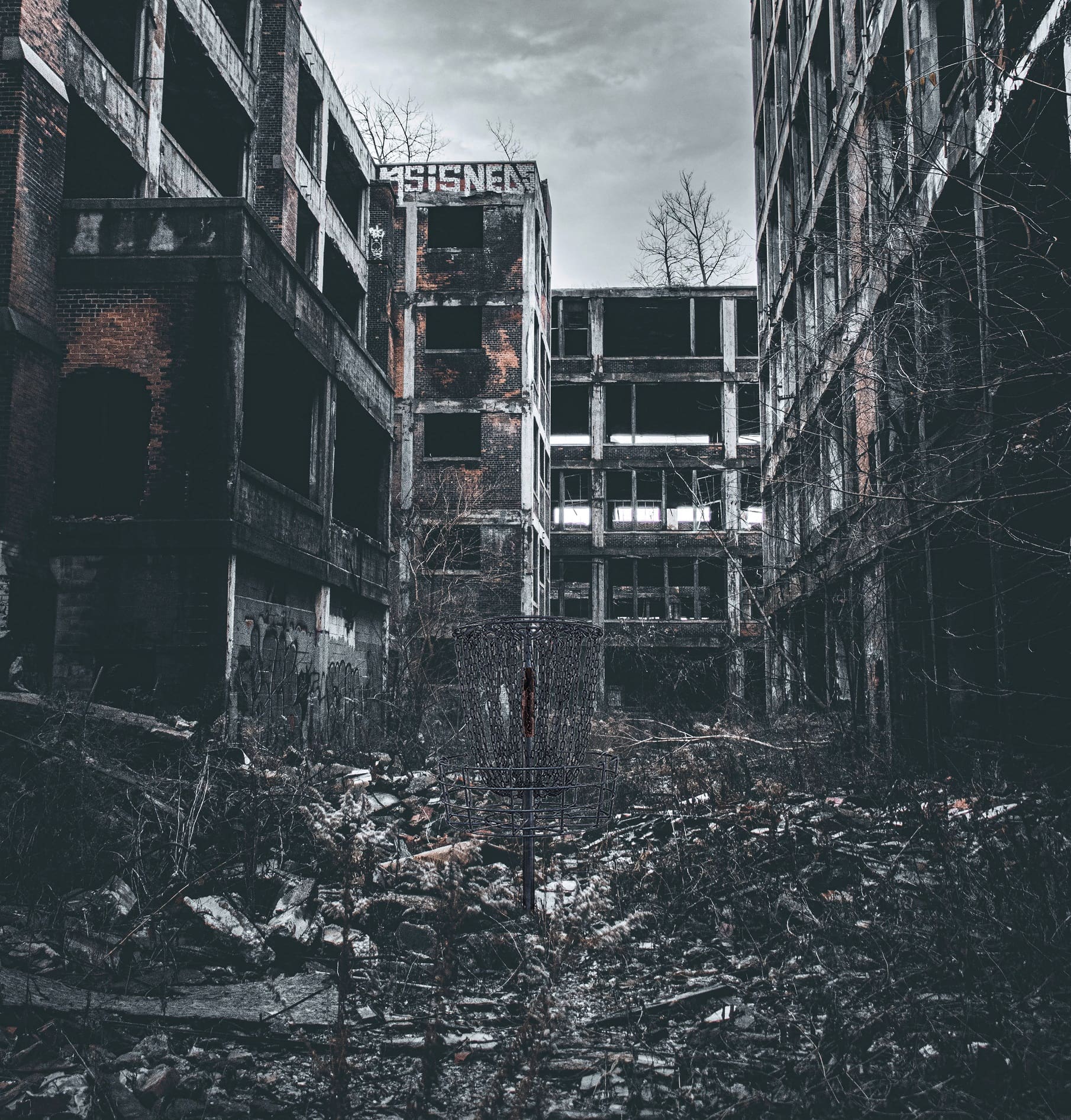The Coming of the Solar Death Ray
We have decided that there simply needs to be a disc called the Solar Death Ray. Though we have seven discs in the works already, all in different stages of prototyping, we might just need to add another. For one thing, it just sounds cool to pull out a disc and throw your Solar Death Ray across the fairway. But secondly, if there’s anything that’s going to kills us all in the near future, it won’t be human stupidity, science gone wrong, or even a pandemic (sorry Covid-19). It will be the sun. Yes, that beautiful, shining, giver-of-life is also the most likely thing to either send us back to the stone age, or obliterate us entirely. We can’t control it. We can’t politicize it. We can’t just clean it up, add safety measures, or create policies to pretend like we have any say in the matter.
How It All Ends
Let’s be more specific. The sun provides the earth with the light and energy that our planet needs to be a living planet. We are all part of that living planet. But the sun is also such a highly energetic power source, dwarfing the diameter of the earth by 109 times, that we are like a microscopic insect that could be crushed under it’s thumb. The sun is cyclical in nature, moving through predictable 11 year sun spot cycles that swing from periods of low sun spot to high sun spot counts. Those sunspots are associated with solar flares, which are highly energized bursts of atomic material away from it’s corona and out into space– this is called a coronal mass ejection or CME. Sometimes those coronal mass ejections come toward earth, and a lot of the time they don’t. There are different “classes” of flares, with “x class” being the highest, but those x class flares can also continue upward to X3, X4, etc. and we’ve even measured up to an X23 before the scientific sensors were overloaded.
Our puny little planet is protected by a magnetic field, creating levels of “L Shell” protection from charged particles that come our way. Our magnetic field is constantly channeling solar winds away from planet as we chase the sun through space, just like it protects us from some of the galactic cosmic rays that bombard us constantly. When a solar flare explodes on the sun, we count on that magnetic field to protect us from the energized particles flying our way, but the larger the flare, the more the literal shockwave impacts, bends, and overloads those L Shells. The energy usually is channeled toward the poles of the planet, lighting up the sky with beautiful aurora borealis. The more fierce the shockwave, the further from the poles the aurora will appear.
During one of the most powerful coronal mass ejections in modern history known as the Carrington Event of 1859 which created an intense geomagnetic storm, the aurora borealis was visible to people even as far south as New Jersey. Our technology was very unsophisticated at the time, but the Carrington Event set telegraph wires on fire, shocked many telephone operators, and surprised the scientists of the time. Had a similar CME hit us during our modern technological age, it would have shut down much of our power grid and caused extensive damage to computer chips. It’s basically an EMP (electro-magnetic pulse) weapon that is fired by nature. We don’t need an enemy to fire off a nuke or electro-magnetic bomb to disrupt or completely take down our technological infrastructure. We have the mother of all nukes in a constant state of explosion in our sky, and when it lights off a massive flare in our direction, there is nothing we can do, and nobody we can strike in retaliation.
The thing is, the Carrington Event is still small compared to what the sun has done and what it can do. We have not seen a colossal CME fired in our direction in the modern technological age, which is extremely young compared to a cyclical sun that has been minding it’s business patiently for a very very long time. An X100 class flare or even an event bordering on a micro-nova (a recurrent nova that does not destroy the star) could fire during the solar maximum of any 11-year sun spot cycle. The sun isn’t isolated either, but part of a larger galactic system with its own cycles that influence the sun, but on time scales completely foreign to us puny beings. And our galaxy is part of a huge cosmic web of interconnected galaxies, all connected in ways we don’t understand.

What Does This Mean for You?
If your aren’t fried, or blown away by the whirlwind from a gigantic lighting impact too close to home, or drowned by tsunamis, or buried in rubble as a tempest of immeasurable proportions blows across your hometown, then you’ll have a lot of time on your hands. You’ll need that time when you go back to a hunter-gatherer lifestyle with plenty of opportunity to dive into your disc storage and play disc golf rounds in the beautiful dystopian landscape. You’ll be glad that we warned you. You’ll be glad that you stored up some cans of food and fresh water in a cave, along with a fine selection of putters, mid-range discs, and drivers to navigate around any obstacle left lying lifeless in your path. You may have to barter some of those discs for food or ammunition, but such is the life after the doomsday.
Reap what you throw.


























When can we expect to purchase some of these discs?